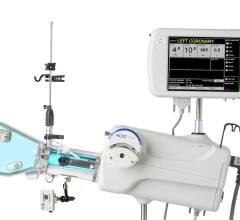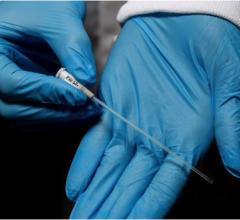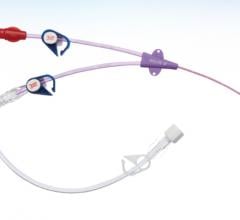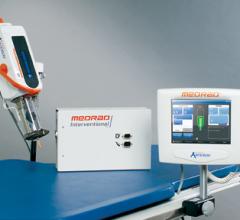July 9, 2010 – Lantheus Medical Imaging Inc. announced this week that it has signed a new manufacturing and supply agreement with MDS Nordion to purchase molybdenum-99 (Mo-99), the parent isotope of technetium-99m (Tc-99m). Mo-99 is used in Lantheus Medical Imaging’s TechneLite generators, which are sold throughout the world, and which produce Tc-99m, a medical isotope widely used in nuclear medicine imaging.
Under terms of the new agreement, Lantheus will begin receiving additional supplies of Mo-99 on a weekly basis once the National Research Universal (NRU) reactor is back online, which is currently anticipated to be at the end of July 2010. The contract is in place until July 31, 2011.
“Our agreement with MDS Nordion is part of Lantheus Medical Imaging’s aggressive supply chain strategy to strengthen our Mo-99 supply by working with major suppliers around the world in helping to meet the medical isotope needs of our customers in North America,” said Don Kiepert, president and chief executive officer, Lantheus Medical Imaging Inc.
“This agreement represents MDS Nordion and Lantheus’ commitment to provide medical isotopes to the global nuclear medicine community,” said Steve West, chief executive officer, MDS Inc. “The Nordion team has been actively preparing for the NRU restart and we have taken the steps necessary to assume our role in the supply chain and resume the processing of isotopes for patients worldwide.”
Over 21 million doses of diagnostic radiopharmaceuticals were injected into patients in the United States during 2009. Of these, 65 percent were for cardiac exams, with the remaining for oncology, neurology and other applications. Tc-99m, which is the decay product of Mo-99, is the most commonly used medical radioisotope in the United States. At 16.7 million doses, Tc-99m accounted for 80 percent of all diagnostic radiopharmaceutical injections.
Tc-99m is used in Lantheus Medical Imaging’s TechneLite generators, which are distributed to radiopharmacies and hospitals as a source of Tc-99m for diagnostic imaging procedures. In diagnostic use, the Tc-99m is attached to a specific molecule and injected into the patient. The diagnostic medicine then travels to the site or organ of interest and a special camera is used to pick up the gamma rays emitted from the radioactive material in the body and to create images for diagnostic evaluation.


 January 11, 2024
January 11, 2024 




